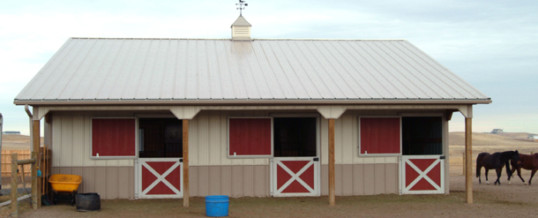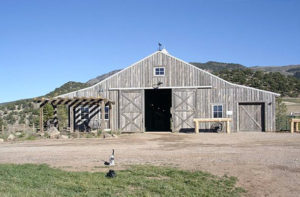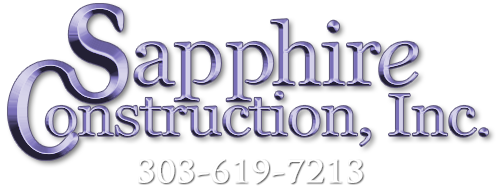
Bare-Bone Requirements for Horse Stables
Young equestrians often research the minimum requirements for building build new horse stables. The points we will make today hang on three main principles: safety, the welfare of the horse, and the convenience for the handler. You can add many accessories to accommodate both the handler and the horses. But here we’ll stick to the bare bones.
What Size of Stable do I Need?
The size of the stable depends on the size of the horses. If you do not know yet the size of the horses, plan to allow 12 for stables measuring 12’ x 12’ x 11’. Horses need the space to stand up, easily turn around, and to roll. Leave 3 feet between the horse and the roof and plan for fences and dividers to be at least 7.5 feet tall. The doorway needs to be at least 8 feet tall and 45 inches wide and the aisles 10 feet wide.
Stalls and Pens
Lester Buildings manufactures smooth stalls and pen walls free of projections. The stall doors have secure latches. They need to slide or swing outward.
Ventilation

Lighting
Position your stables so that the windows and doors provide the best natural light available. Use Plexiglas or safety glass, protected with bars or screening. If your horse barn has electricity, supplement passive light with artificial lights. Be sure to protect the horse from access to wiring and fittings.
Drainage and Water
When designing horse stables, look at the lay of the land. Mitigate any possibility of runoff during rainy season or snowmelt. You will save yourself and your horses from a muddy mess. Minimally, your horse stable must feature a source of drinking water. Be sure the building is grounded to prevent accidental electric shock. Haul the water as needed.
Tips for Improving Safety
Every year in the United States, we can prevent accidents. Here are some safety recommendations for the Stable, Barn Yard, and Horse/Livestock Structures from Rutgers University.
- Keep the structure cleaned up. Debris and trash can attract rodents, start a fire, or trip someone.
- Choose landscaping that’s not poisonous for horses.
- Have working fire extinguishers, a first-aid kit, and emergency phone numbers on hand.
- Use smooth, clean feed tubs and water buckets, secured at the right height for your animals.
- Choose easy to clean flooring with good traction.
- Use cross ties and other ties with safety release snaps.
- Be sure grooming and washing stalls drain well and protected from slick, icy areas.
- Store hay away from heat and electrical sources, preferably in a separate building.
- Add adequate racks and storage areas to keep tack, hoses, and equipment off the floor.
- Keep shovels and pitchforks away from animals.
- Store grain away from horses in rodent-proof, weatherproof containers.
- Clean the horse stables often and empty the trash.
Colorado Builders – Horse Stables
NOV
2023

About the Author:
Allen Randa is a second generation Master Carpenter and Owner of Sapphire Construction Inc. Allen personally manages each project from beginning to end. That includes the first meeting, the estimate, the contract and architectural designs.